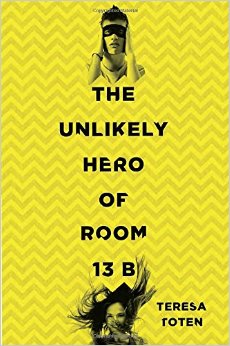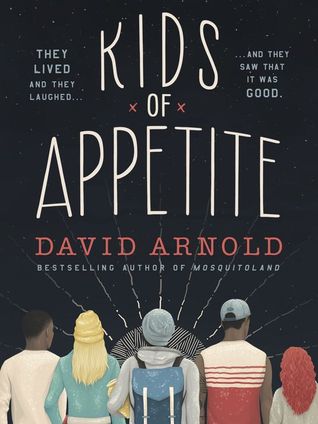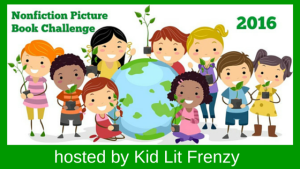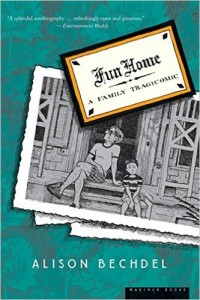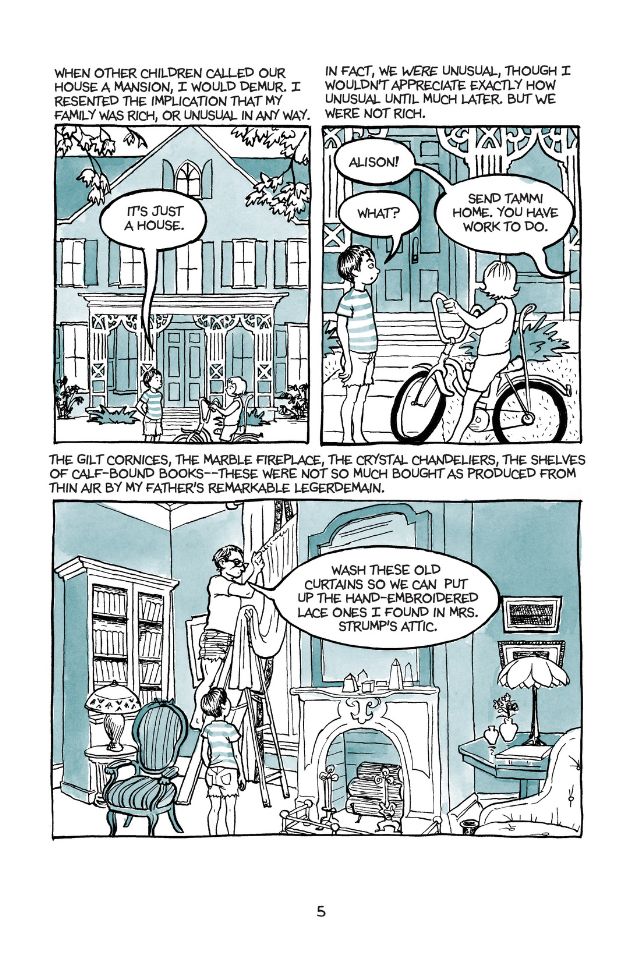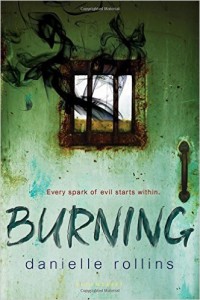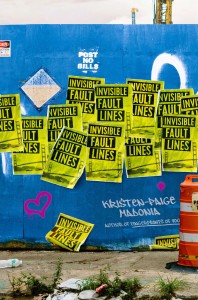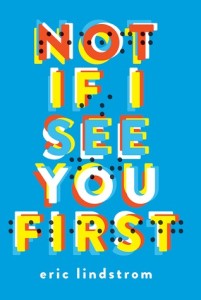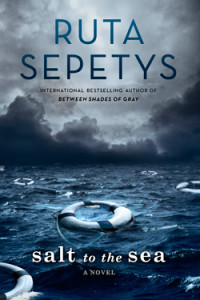The Unlikely Hero of Room 13B
Author: Teresa Toten
Published: March 10, 2015 by Delacorte
GoodReads Summary: Deep, understated, and wise, this engaging YA novel, winner of the Governor General’s Award in Canada, is about more than the tough issue of teens dealing with obsessive-compulsive order. It also has romance, and a whodunit element that will keep readers guessing. Perfect for readers who love Eleanor & Park as well as All the Bright Places.
Adam Spencer Ross is almost fifteen, and he’s got his hands full confronting the everyday problems that come with having divorced parents and a stepsibling. Add to that his obsessive-compulsive disorder and it’s just about impossible for him to imagine ever falling in love. Adam’s life changes, however, the instant he meets Robyn Plummer: he is hopelessly, desperately drawn to her. But is it possible to have a normal relationship when your life is anything but?
Filled with moments of deep emotion and unexpected humor, The Unlikely Hero of Room 13B explores the complexities of living with OCD and offers the prospect of hope, happiness, and healing.
Review: Fourteen-year-old Adam Spencer Ross is coping with many struggles—his obsessive compulsive disorder, his mother’s troubles, and his step-brother’s reliance on him. Adam joins a support group and connects deeply with Robyn, a fellow group member. All of the group members adopt superhero alter egos, but Adam finds it difficult to hide the fact that his rituals are increasingly getting worse. Adam wonders how he can have a normal relationship amidst the chaos he feels. Emotionally-charged, raw story with complex characters.
Teachers’ Tools for Navigation: Similar to my post about Kids of Appetite, I’d love to include this book in a group of literature circle books that all reflect disability and friendship. It would be interesting for students to examine and conceptualize their definitions of normal. The ALAN Review‘s Fall 2016 issue is about (Re)Defining Normal, and many of the articles would be very useful for this very topic.
Discussion Questions: What struggles does Adam face? How do each of them impact his life?; What role does Adam’s mother play in his life? His father? Sweetie? Robin? Chuck? How do they all impact him positively and/or negatively?; How does Adam change throughout the novel?; What do the superhero personas offer the characters?; What is the role of family in the text? How may family be examined by traditionally and untraditionally within the context of the characters?
We Flagged: “I believe that I am a liar because I have to hide all the things I have to hide. It’s hard to remember where one lie ends and another begins. I believe lying that much changes you, makes you sick” (p. 12).
Read This If You Loved: Eleanor & Park by Rainbow Rowell, All the Bright Places by Jennifer Niven, The Fault in Our Stars by John Green, Not If I See You First by Eric Lindstrom
Recommended For:
